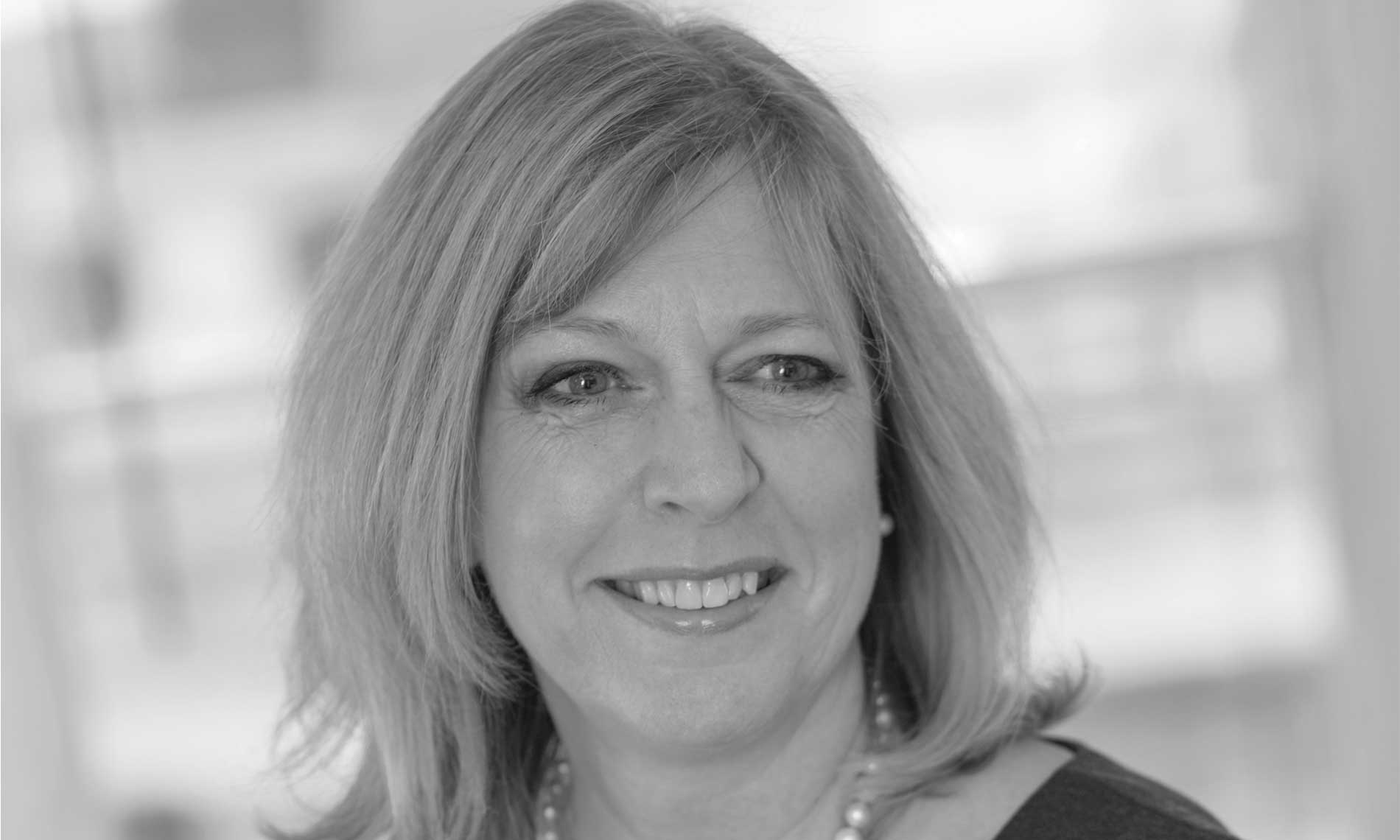
The health of the English and Welsh court system has long been a cause for genuine concern. Over the last decade, there have been anxieties over the diminishing desirability of a judicial role, not least due to a chronic lack of governmental funding that has resulted in salaries comparatively paltry to private practice positions.
This has been amplified by the introduction of the Judicial Attitudes Survey (JAS), which has given judges the platform to publicly lay out their grievances since 2014. It produced some shocking results. The 2016 edition revealed that nearly half (47%) of High Court judges were considering leaving the judiciary, alongside 41% of Court of Appeal judges and 40% of Circuit judges. A majority of judges (76%), felt they had experienced a deterioration in their working conditions since 2014, with 43% stating that the maintenance of their building was poor.










